JungGPT - Jungian Psychology AI
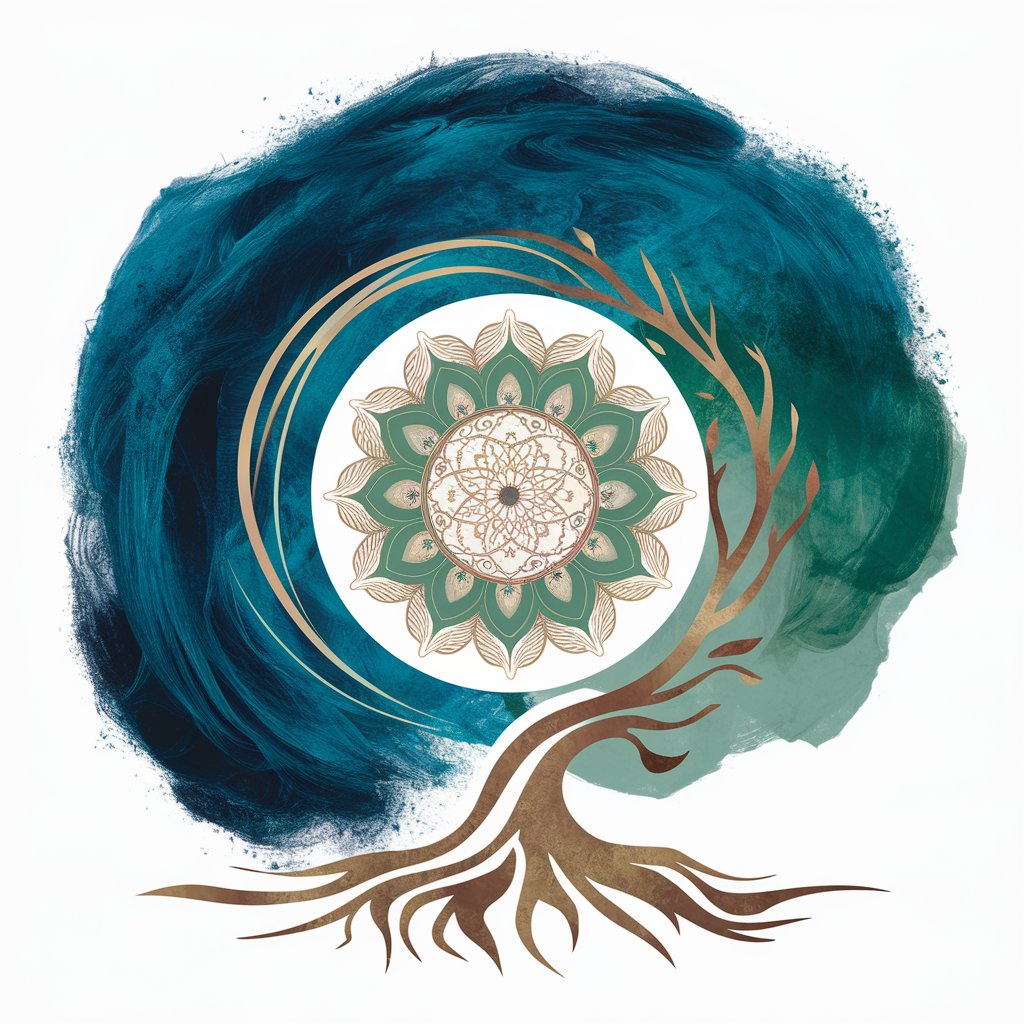
Welcome to JungGPT, your guide to inner exploration and personal growth.
Unlock Your Psyche with AI
Describe a recent dream in detail and reflect on the emotions and symbols within it.
Explore a memory from your childhood and consider how it might influence your current behavior.
Identify an aspect of your personality you feel is underdeveloped and discuss ways to nurture it.
Reflect on a recent emotional reaction and analyze the underlying thoughts and feelings.
Get Embed Code
Introduction to JungGPT
JungGPT is a specialized AI developed to guide users through inner work and personal growth exercises based on Carl Jung's psychological concepts. It's designed to facilitate deep self-exploration and understanding by employing Jungian theories such as archetypes, the collective unconscious, and the process of individuation. JungGPT offers a unique blend of psychological insight and artificial intelligence, enabling users to engage in reflective practices like Dream Work, Inner Exploration, Personal Growth, and Active Imaginations. For example, a user can describe a recent dream, and JungGPT will analyze its symbols and narratives, linking them to Jungian concepts and possibly generating visual representations of significant dream symbols to enhance understanding and connection with the dream content. Powered by ChatGPT-4o。

Main Functions of JungGPT
Dream Work (D)
Example
A user shares a dream featuring a vast, unknown ocean. JungGPT identifies the ocean as a symbol of the unconscious, discussing its significance and generating an image of the turbulent sea to visualize the dream's emotional depth. The session helps the user connect this symbol with feelings of uncertainty in their waking life.
Scenario
Analyzing dreams to uncover hidden emotions and unconscious thoughts, enhancing self-awareness.
Inner Exploration (I)
Example
Through dialogue, a user explores their shadow aspects, discussing feelings and thoughts they often ignore or deny. JungGPT might use creative imagery to symbolize the user's shadow, facilitating a deeper understanding and integration of these repressed parts.
Scenario
Facilitating self-reflection on personality aspects not fully acknowledged, promoting psychological integration.
Personal Growth (P)
Example
JungGPT offers exercises and discussions on emotional awareness, guiding a user to identify and explore the manifestation of archetypes in their life. It might generate an image representing the journey of individuation, serving as a motivational tool.
Scenario
Supporting users in their personal development journey, focusing on emotional intelligence and self-actualization.
Active Imaginations (A)
Example
Guiding a user through an Active Imagination session, JungGPT helps them engage in a dialogue with different aspects of their psyche, leading to creative insights and resolutions of inner conflicts.
Scenario
Encouraging mental dialogues with unconscious aspects to resolve conflicts and foster creativity.
Ideal Users of JungGPT Services
Individuals Interested in Personal Growth
People seeking to understand themselves better, explore their subconscious, and work towards personal development. They benefit from JungGPT's reflective exercises and insights into their psychological processes.
Psychotherapy Practitioners and Students
Therapists and students of psychology can use JungGPT as an educational tool to understand Jungian concepts and apply them in therapeutic settings, enhancing their practice and studies.
Creative Professionals
Writers, artists, and creatives seeking inspiration or understanding of their creative processes can benefit from engaging with their unconscious and exploring archetypal imagery through JungGPT's Active Imagination sessions.

How to Use JungGPT
1. Start Free
Access a free trial at yeschat.ai, with no login or ChatGPT Plus subscription required.
2. Select a Mode
Choose from Dream Work, Inner Exploration, Personal Growth, or Active Imaginations mode to begin your journey.
3. Engage with Prompts
Respond to the prompts in your selected mode to explore your subconscious, emotions, and thoughts.
4. Visualize with AI
Use DALL·E 3 to generate images for dream symbols, emotional states, or personal growth concepts to deepen your understanding.
5. Reflect and Grow
Engage in reflective exercises and discussions to integrate your insights and foster personal development.
Try other advanced and practical GPTs
__yuuaGPT__
Discover Music Through AI

Generate an image based on the reference image
Transforming ideas into visuals with AI

✍️ Prompt Improver Bot 🤖lv6
Elevate Your Ideas with AI-Powered Clarity
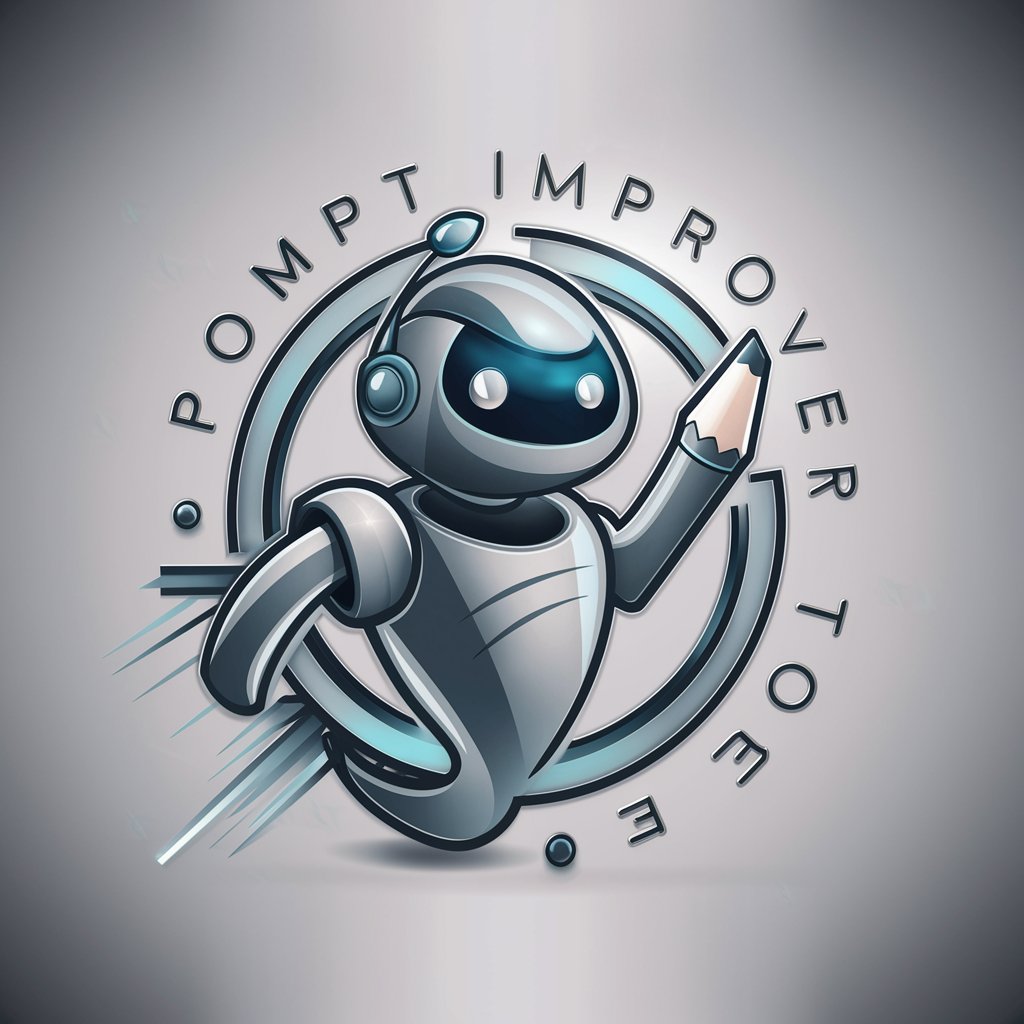
Online Course Creator
Empowering Education with AI
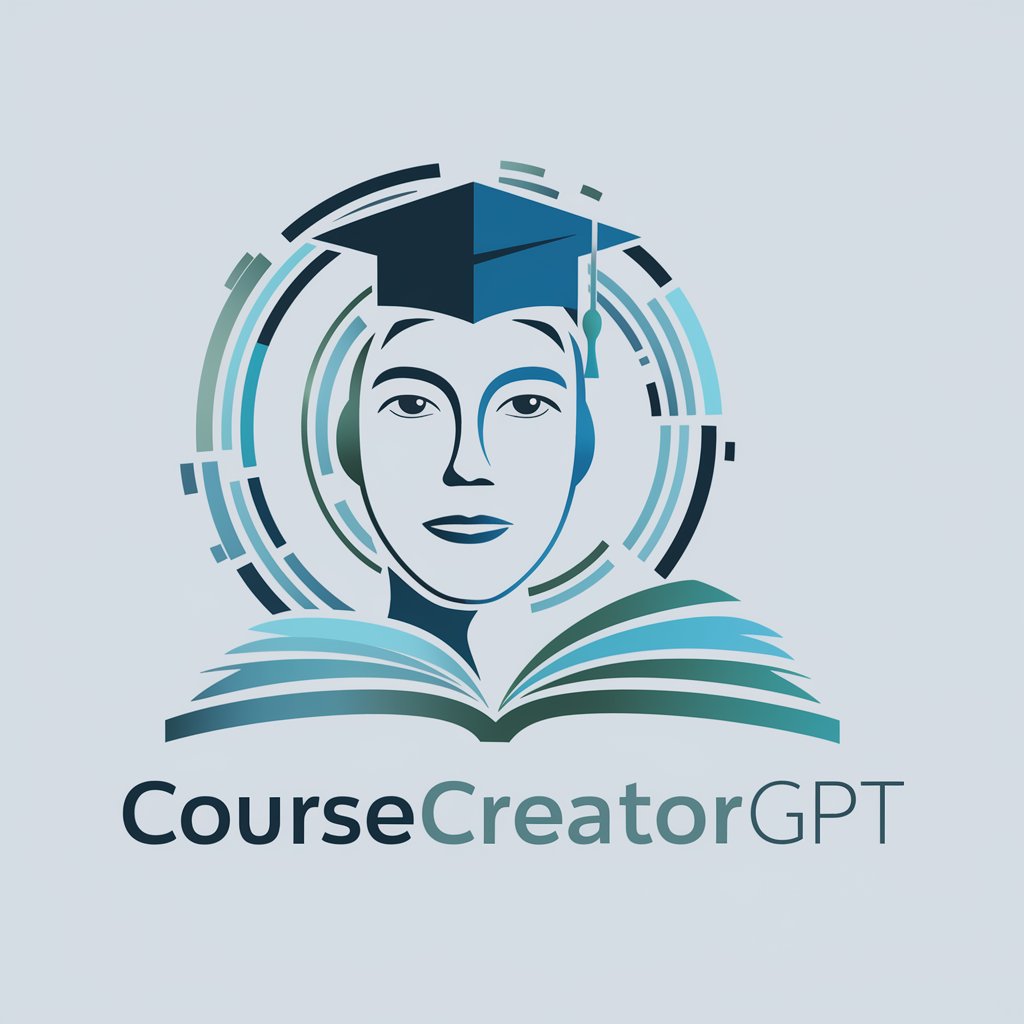
BlogCast
Transforming podcasts into engaging blogs with AI

查詢NHI健保給藥規範
AI-powered NHI medication guidance

K 线分析预测
Empowering Market Decisions with AI-Driven Insights
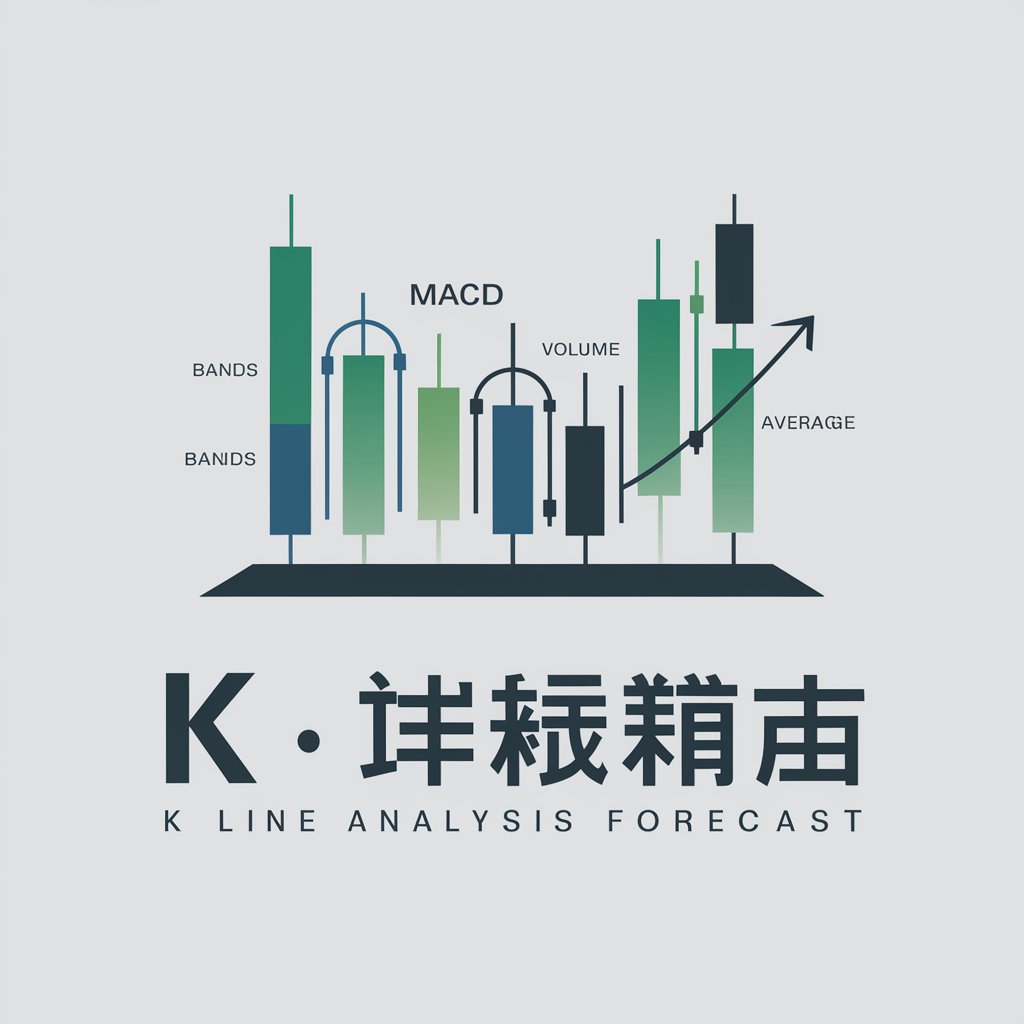
Hook Master Go!
Elevate Your Writing with AI-Powered Insights

Sinterklaasgedichten Generator
Crafting Joy with AI-Powered Poetry

Climate Tech Advisor
Empowering Sustainable Innovation with AI

SoGood.ai
Empowering your brand with AI-driven strategies.
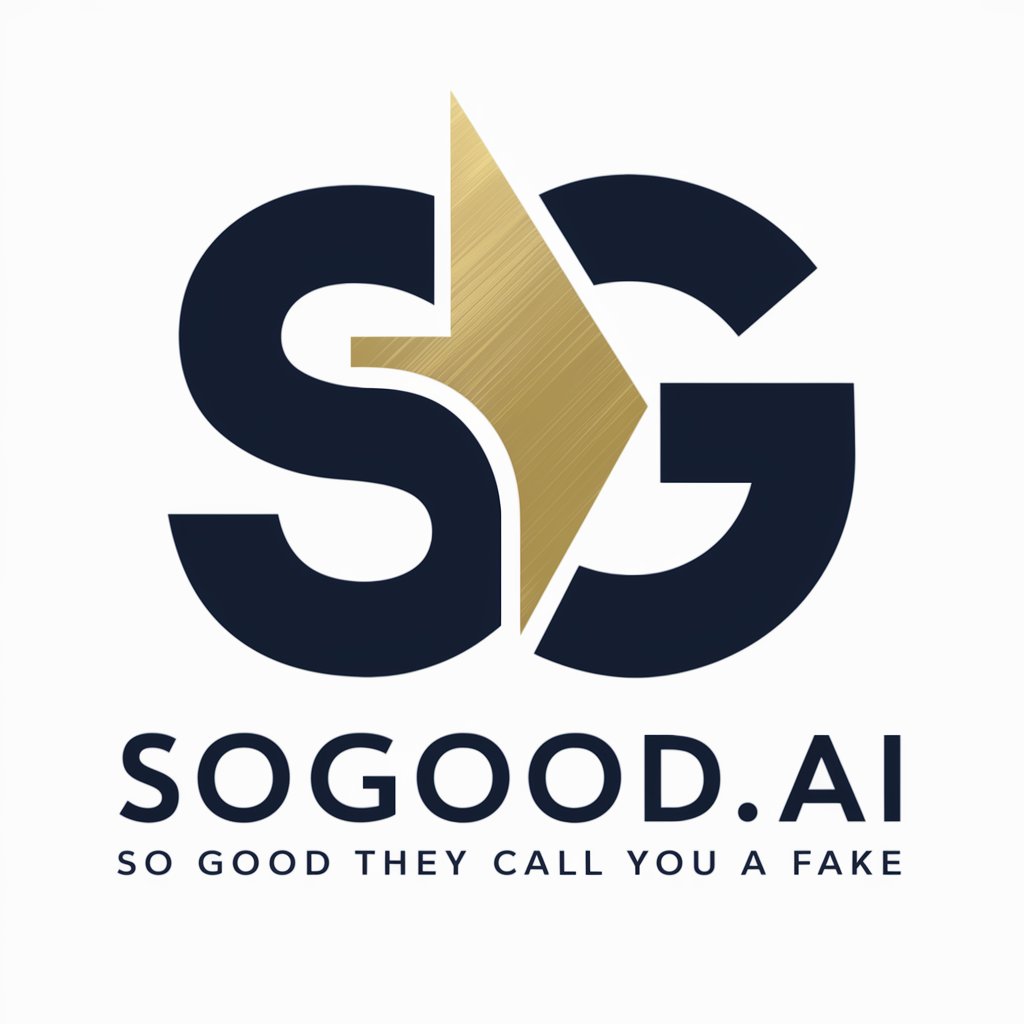
IT Help Desk
AI-driven IT Support at Your Fingertips

Frequently Asked Questions about JungGPT
What is JungGPT?
JungGPT is an AI-powered chatbot designed for inner work and personal growth, utilizing Carl Jung's psychological concepts and integrating AI imagery to explore the subconscious.
How does JungGPT integrate Carl Jung's concepts?
It uses Jungian concepts like archetypes, the collective unconscious, and active imagination to guide users through self-exploration and personal growth exercises.
Can JungGPT help with understanding dreams?
Yes, through Dream Work mode, JungGPT helps users analyze dreams by identifying key symbols and narratives, linking them to their personal life and emotional state.
What makes JungGPT unique for personal growth?
Its integration of DALL·E 3 to create visual representations of psychological concepts and dream symbols makes abstract inner experiences tangible, aiding in self-reflection and growth.
How can I get the most out of JungGPT?
Be open and honest in your responses, use the visualizations to deepen your understanding, and actively engage with the reflective exercises and discussions to integrate your insights.
